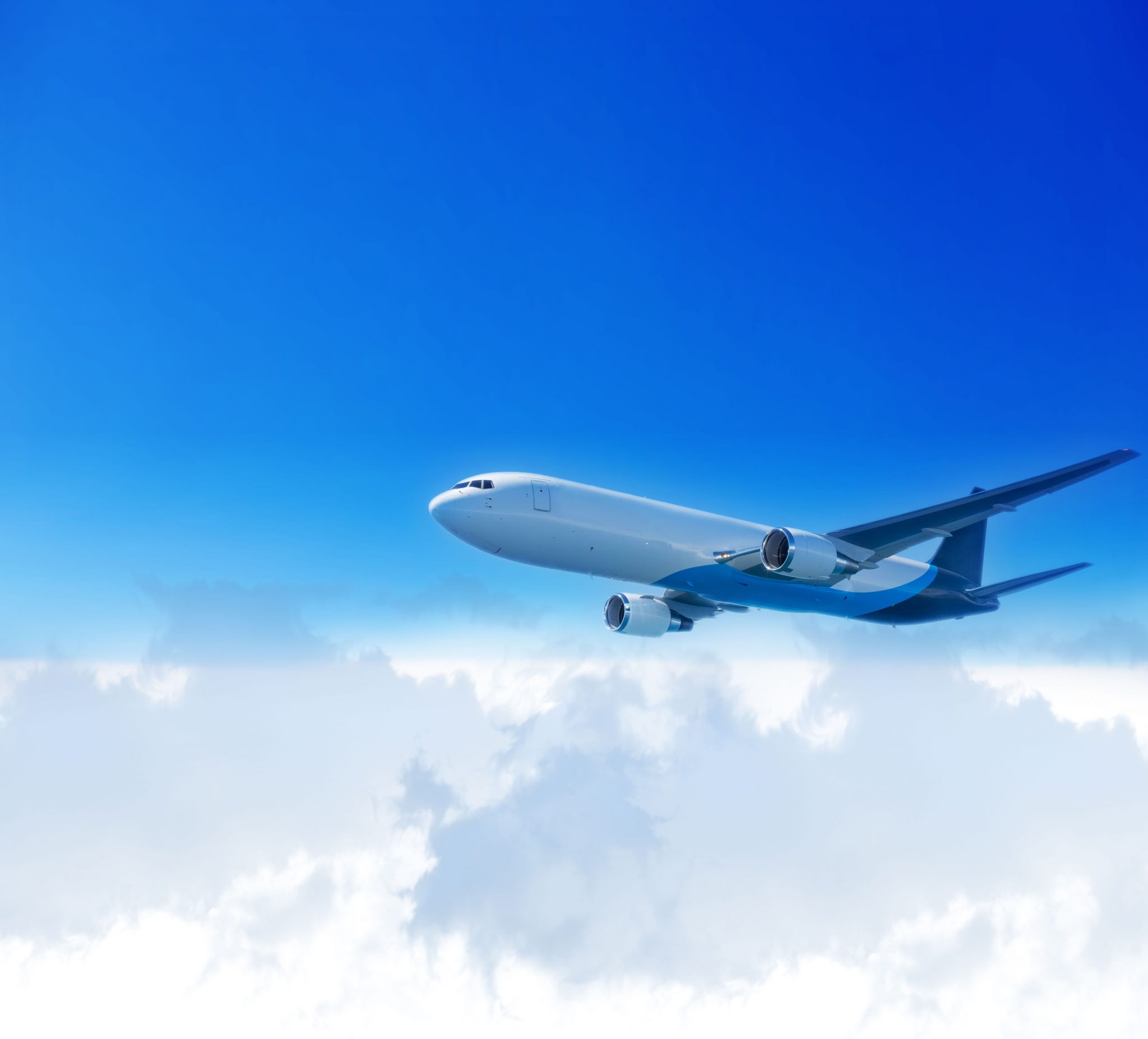In an increasingly interconnected world, the way we move from one place to another has profound implications for our daily lives, economies, and the environment. As urbanization accelerates and global travel becomes more accessible, understanding the most popular modes of transportation is essential. This article delves into the various forms of transportation, examining their popularity, advantages, and challenges, while also considering the future of mobility.
The Landscape of Transportation
Transportation can be broadly categorized into several modes: land, air, and water. Each mode serves distinct purposes and is shaped by factors such as geography, infrastructure, and technological advancements.
- Land Transportation
- Automobiles: Cars remain the most popular form of transportation in many countries, particularly in the United States. The convenience of personal vehicles allows for flexibility in travel, but it also contributes to traffic congestion and environmental concerns. Innovations such as electric vehicles (EVs) are gaining traction, aiming to reduce carbon footprints and promote sustainability.
- Public Transit: Buses, subways, and trams are vital components of urban transportation systems. They offer an efficient alternative to personal vehicles, reducing traffic congestion and emissions. Cities like Tokyo and New York have well-developed public transit networks that cater to millions of commuters daily.
- Bicycles and E-Scooters: The rise of cycling and e-scooter sharing programs reflects a growing trend towards sustainable urban mobility. These modes are not only environmentally friendly but also promote healthier lifestyles.
- Air Transportation
- Commercial Airlines: Air travel is the fastest way to cover long distances, making it the preferred choice for international travel. The aviation industry has seen significant advancements in technology, improving safety and efficiency. However, it faces challenges related to environmental impact and the need for sustainable practices.
- Private Jets and Charters: For business travelers and affluent individuals, private jets offer convenience and time savings. While they represent a small fraction of air travel, their popularity is growing among those who prioritize flexibility and privacy.
- Water Transportation
- Shipping and Freight: Maritime transport is crucial for global trade, with container ships moving vast quantities of goods across oceans. This mode is cost-effective for bulk transport but can be slower than air freight.
- Cruise Ships: The cruise industry has surged in popularity, offering leisure travel experiences that combine transportation with entertainment. However, concerns about environmental impact and over-tourism are prompting the industry to adopt more sustainable practices.
Factors Influencing Popularity
Several factors contribute to the popularity of different transportation modes:
- Cost: Affordability plays a significant role in transportation choices. Public transit is often the most economical option, while air travel can be cost-prohibitive for some.
- Convenience: The ease of access and the time required for travel significantly influence mode selection. Personal vehicles offer unmatched convenience, while public transit may require transfers and waiting times.
- Environmental Concerns: As awareness of climate change grows, many individuals are opting for greener transportation options. This shift is evident in the increasing popularity of electric vehicles, cycling, and public transit.
The Future of Transportation
The future of transportation is poised for transformation, driven by technological advancements and changing societal values. Key trends include:
- Autonomous Vehicles: Self-driving technology promises to revolutionize personal and public transportation, potentially reducing accidents and improving traffic flow.
- Mobility as a Service (MaaS): This concept integrates various transportation services into a single accessible platform, allowing users to plan and pay for multi-modal journeys seamlessly.
- Sustainable Practices: The push for sustainability is leading to innovations such as electric and hydrogen-powered vehicles, as well as investments in renewable energy sources for public transit systems.
Conclusion
Understanding the most popular modes of transportation is crucial for navigating the complexities of modern mobility. As we move towards a more sustainable and efficient transportation landscape, it is essential to consider not only the current trends but also the future implications of our choices. By embracing innovative solutions and prioritizing environmental responsibility, we can create a transportation system that meets the needs of today while safeguarding the planet for future generations.

